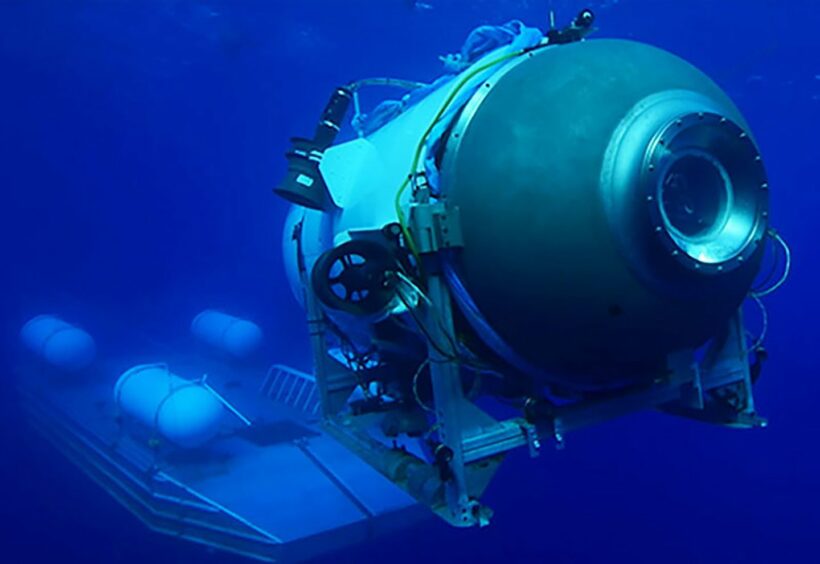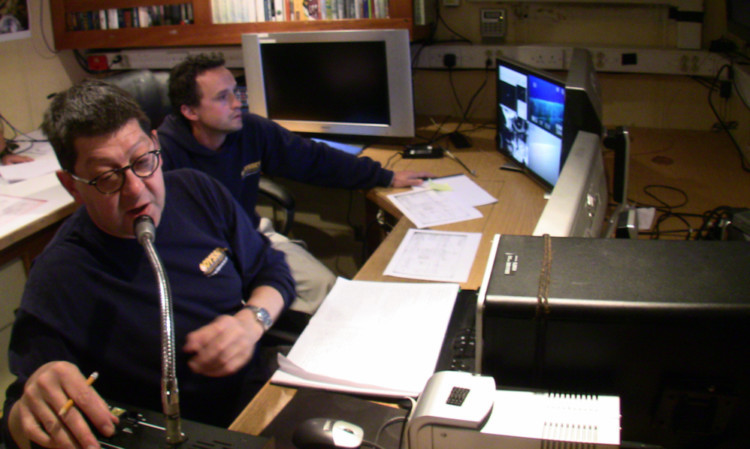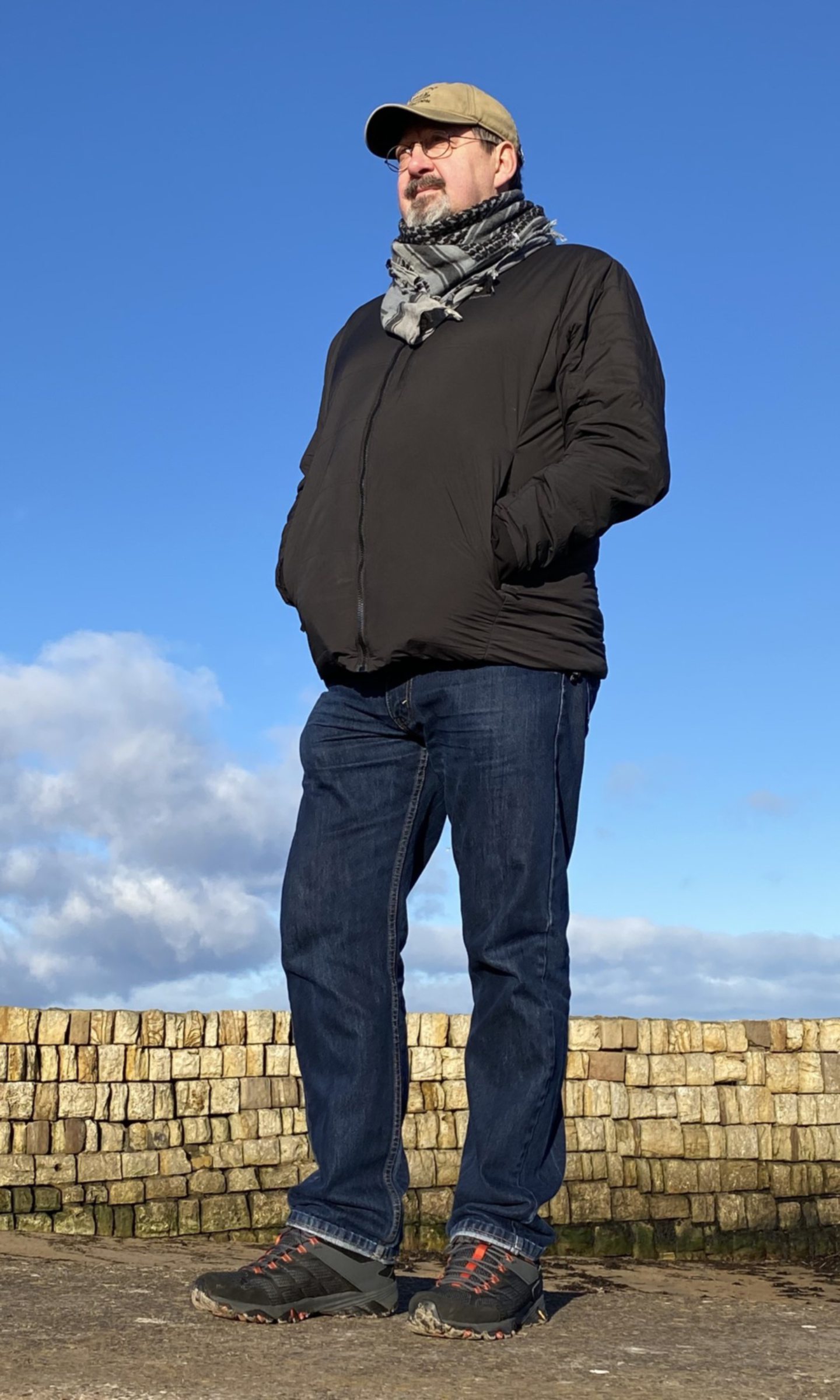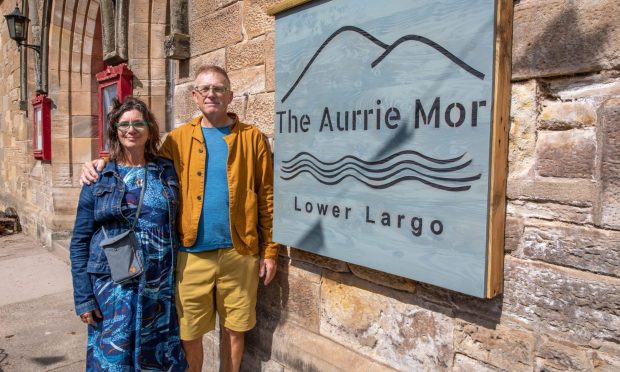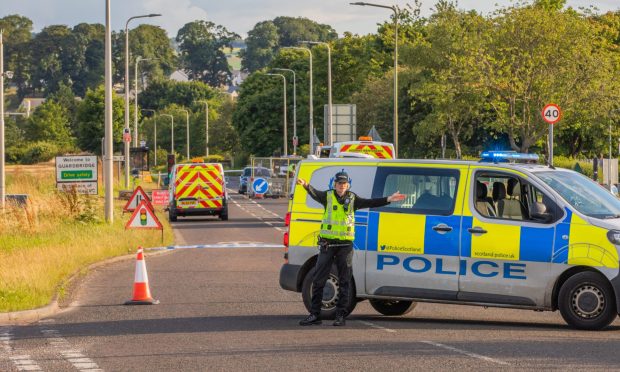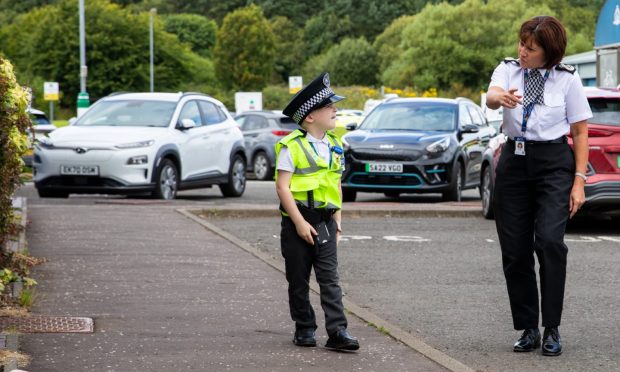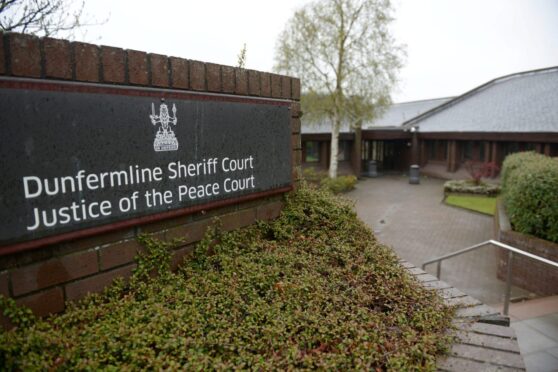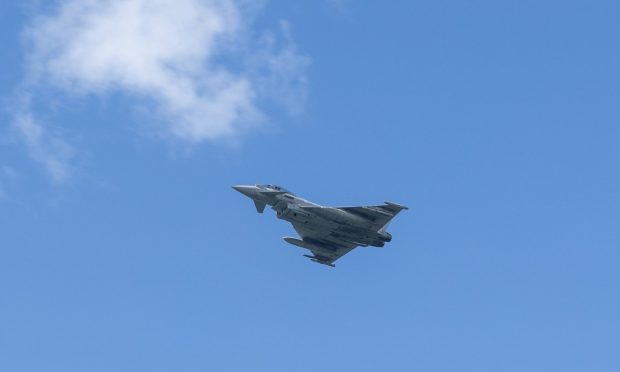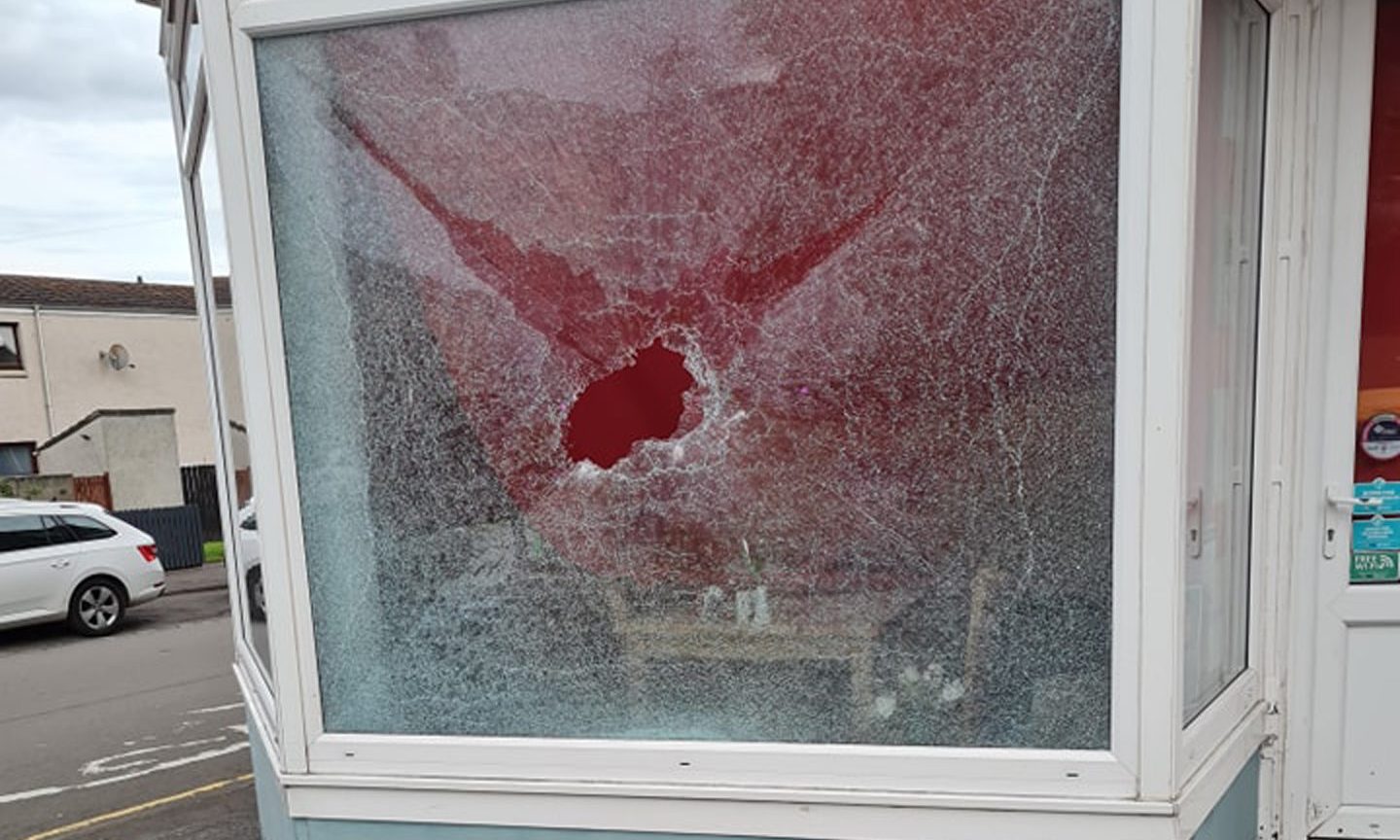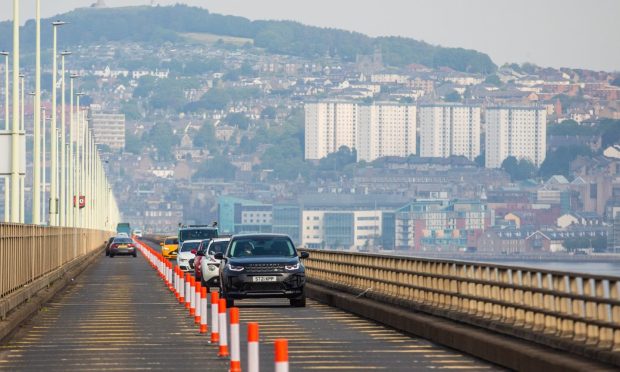The disappearance of a tourist submersible carrying five people during a dive to the wreck of the Titanic was an “accident waiting to happen”, according to an internationally-renowned marine archaeologist from St Andrews.
Neil Cunningham Dobson, who helped discover and salvage the world’s deepest and largest precious metal recovery from the shipwrecks of the SS Gairsoppa and SS Mantola in the North Atlantic a few years ago said he hopes for a good outcome.
His thoughts are with those in the submarine and all those involved in the search and rescue.
Titan submersible incident strikes chord with submariners
However, after his own “scary experience” in a manned submersible almost 20 years ago, he fears the worst.
“It is always a sad day when the submarine community worldwide hears of a submarine and its crew in difficulties,” he said.
“The tragedy that is unfolding in the dark cold deep waters of the North Atlantic strikes a chord with all submariners and we all hope for a good outcome.
“However, as the clock ticks and a race against time before the oxygen runs out we may have to face that it will be a recovery operation.”
‘Scary experience’ on submersible dive
Neil has been involved in search and recoveries on deep water shipwrecks for more than 20 years mainly in the North Atlantic and the Mediterranean.
He has mostly worked with ROVs (Remotely Operated Vehicles).
However, he has been down to explore a shipwreck in a manned submersible.
In 2004 he had the opportunity to conduct a manned submersible dive on the side wheel paddle steamer SS Republic which was lost in in storm in 1865 in 600m of water in the Atlantic Ocean about 100 miles east of Savannah, Georgia, USA.
He conducted the dive in the Harbor Branch Oceanographic Institute, Johnson Sea Link II manned submarine.
It took two people in the front domed area and two in a separate bottom section.
He was in the bottom section with a co-pilot.
“It was a scary experience to be honest,” he said.
“I could not sit up inside.
“I had to crawl in through a small round hatch and to lie on a thick mattress section which also contained survival equipment.
“There was no room to move about and not the space that the Titan has.
“I had a very small viewing port to look through.
“It was very claustrophobic.
“I was given a very thorough safety brief, went through emergency drills and read and signed the small print and waiver.
“It was exciting and an adventure but was very eerie once you got below the depth of where sunlight penetrated.
“It then felt very cold, claustrophobic and I was aware of the pressure acting on the hull.
“I did feel as though I was buried alive.”
Glad to get back to the surface
Neil said his dive was meant to last 2.5 hours.
However, it ended up being six hours due to some “navigation issues”.
He said that whilst it was great for him as a marine archaeologist to get within a metre or so of the wreck, he was glad when the submarine broke the surface and was recovered to the deck of the research vessel.
“I can fully understand and comprehend what the crew of the Titan submarine are going through, he said.
“The underwater manned submersible experience of Stockon and Paul along with the safety briefings and the survival equipment on board will go a long way in increasing their survival chances.
“Of course, against them is the oxygen supply will run out and there is no escape hatch as they are bolted in the submarine from the outside.
“The more times a submarine is dived the more times it is affected by pressure and so weaknesses can occur, and seals can leak.
“Losing communications with a submarine is a bad sign.
“Even with checks being done and all equipment in good order, putting people in a pressure hull to extreme depths is always a risk.
“What you must do is put in place systems and equipment to mitigate those risks.”
What safety measures are vital on submersible dives?
Neil said that when he worked in the oil and gas industry and there were manned submersible dives conducted there would be two submarines.
One would be on deck and one would be on standby should anything go wrong.
If not, an ROV with rescue capabilities to attach a cable to a stricken submarine would be in place.
For the last six years, Neil has been working as a marine archaeologist and salvage assistant for the UK exploration and salvage company Britannia’s Gold Ltd.
They conduct research, search, and find shipwrecks and plan salvage operations.
They use ROV and sub-sea technology and may use manned submersible if called for.
Health and safety, appropriate certification and testing of all equipment is always a top priority for all their shipwreck projects.
Difficult when things go wrong
He added: “When you work in the harsh environment of the North Atlantic hundreds of miles from land and with bad weather and large sea swell, it is difficult when things go wrong to mount a rescue operation.
“You get eyes in the sky and sonar buoys in the water so you can try hear and see where the stricken submarine may be.
“This all takes time and planning, and you need the appropriate equipment to do the rescue/recovery.
“But there is no Tracy family and Thunderbirds.
“It takes multi-national military and commercial agencies and resources to mount and conduct a rescue/recovery.
“The rescue teams will soon have an ROV in the water and hopefully locate the intact submarine.
“Lifting it to the surface is no easy feat, especially if the submarine is lying on the seabed.
“If a crane is used from the rescue vessel you are looking at 3,800m of say 34mm crane wire which would weigh 30 tons, add the weight of the submarine 10 tons and you have a 40-ton lift to do.
“You also have sea conditions to deal with and you will want calm to flat seas for a recovery.”


